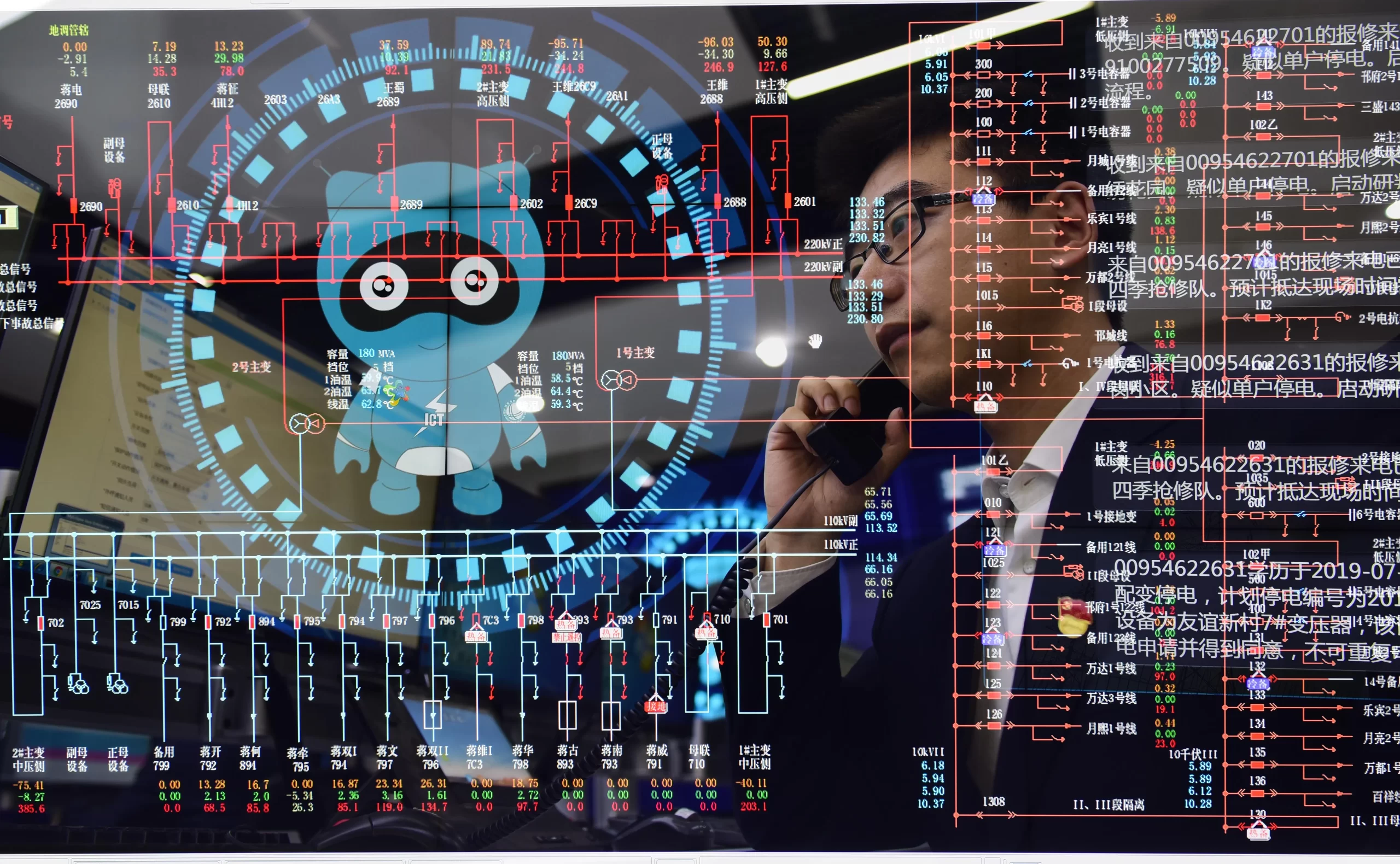Recent business and tech trends have significantly altered the ways employees work. Remote work and gig economy employment is rising exponentially while AI-augmented tools are revolutionizing workplaces and workforces.
Many experts anticipate that automation will supplant most jobs within a decade or so; others believe automation may actually create new employment opportunities.
What is the Future of Work?
Workplace dynamics are changing quickly. Concepts we once took for granted – such as nine-to-five office and job-for-life jobs – are quickly evaporating away.
New technologies are rapidly altering how and where work is completed, creating opportunities for certain occupations while diminishing employment in others.
Automation may render many jobs obsolete in the coming decades, although estimates indicate that an estimated portion of current tasks could potentially become automatable in the near future. As a result, repetitive and physical work jobs will decrease while those that require people skills and creativity will increase.
Recent research indicates that e-commerce will lead to an increase in warehouse workers; investments in green economies will provide wind turbine technicians with jobs; while an aging population in advanced economies will necessitate an increase in nursing positions, home health aides, and hearing aid technicians. All these shifts will impact every aspect of an organization’s workforce requiring organizations to address issues like worker retraining and job matching accordingly.
What are the Potential Impacts of Automation?
Many experts anticipate that recent advancements in robotics and AI will cause a dramatic wave of job displacement. Their analysis suggests that new technology will advance more quickly than previous waves of automation, making it possible for machines to replace more occupations more rapidly than in past times. Employment projections also support this assumption that robotics and AI advancement will bring faster occupational decline rates.
Automation increases productivity by replacing manual labor with automation and speeding up processes while decreasing error rates, which allows companies to produce more goods and services with fewer employees, ultimately leading to lower prices for consumers.
Displacement of jobs: Automated solutions may lead to job displacement in industries requiring high levels of skill and creativity such as nursing, customer service and law enforcement. This may cause individuals and communities to experience income losses that have lasting repercussions.
What are the Potential Impacts of Job Disruption?
Since the Industrial Revolution, workers have worried that automation would render them jobless forever. According to research conducted by McKinsey, automation will shift tasks that require human skills like management of people, application of expertise and creativity; as well as increasing demand for jobs that require cognitive abilities like logical reasoning and creativity.
Transportation, warehousing, manufacturing, accommodation and food services industries may be most affected by this trend; however, even these industries could experience temporary increases in unemployment as their workforce adapts to the latest technologies.
Governments and communities within these exposed industries should encourage firms to implement automation technologies with robust retraining systems to minimize economic impacts while remaining globally competitive. Furthermore, companies should prioritize flexible work models which enable employees to balance both their professional and personal lives – this may involve selecting projects they’d like to work on or offering quiet spaces within their workplaces.
How Can Employers Prepare for the Future of Work?
Modern workplaces have been transformed by trends like workforce automation. Leaders and managers must increasingly meet the challenge of preparing employees for these changes to their jobs, whether through professional development opportunities such as courses, workshops or coaching services; or flexible work options which allow employees to choose when and how much work they want to do – such as Nestle’s U-work initiative that enables employees to choose projects while still receiving pay and benefits for permanent roles.
Employers can prepare for the future of work by conducting an audit on their current workforce and identifying which tasks may soon become automated, then use this information to develop training programs or other measures that will help employees adapt to these changes.


